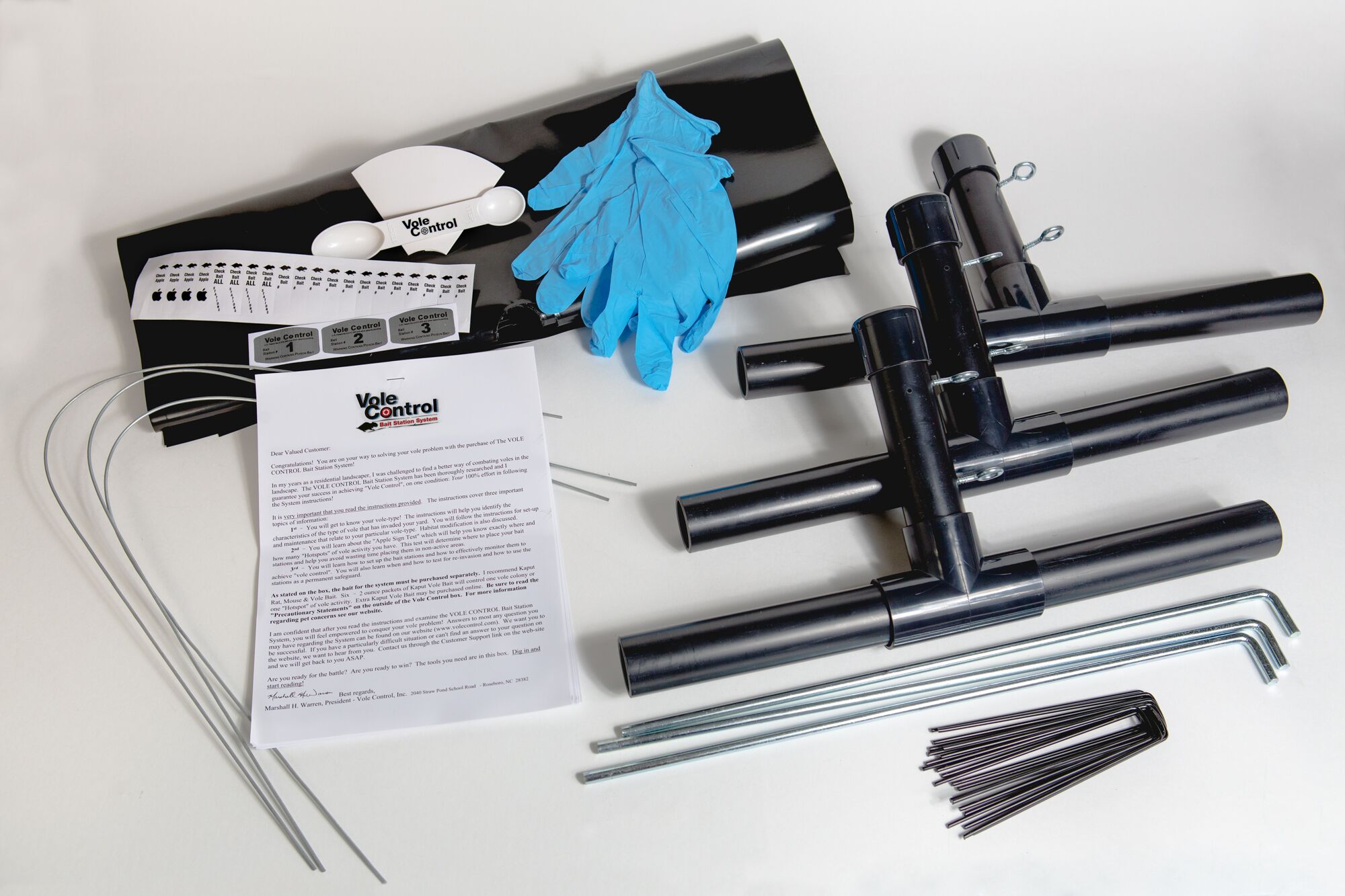Proven Vole Control Methods to Safeguard Your Property
Proven Vole Control Methods to Safeguard Your Property
Blog Article
Understanding Vole Pest Control: Thorough Insights on Infestation Prevention and Treatment Methods
By recognizing the refined signs of vole problem early on, we can take aggressive procedures to stop prevalent damage. In this discussion, we will certainly check out the nuances of vole actions, dive right into the identification of invasion signs, and discover the most reliable avoidance and treatment methods.
Recognizing Vole Actions
Taking a look at the foraging patterns of voles offers important understandings right into their actions and habitat preferences. By observing their foraging habits, scientists can obtain a far better understanding of where voles prefer to establish their habitats and the degree of their ecological influence.
Research indicates that voles exhibit careful feeding practices, liking origins, seeds, and tubers. This nutritional choice affects their foraging patterns, leading them to locations rich in vegetation and ground cover. Furthermore, voles are understood to develop intricate passage systems for foraging and nesting functions, suggesting a high degree of versatility to their environments.
Recognizing vole actions is essential for implementing targeted parasite control steps that disrupt their environment preferences and foraging activities (vole control). By researching their habits, experts can create extra efficient prevention and therapy techniques to manage vole problems

Identifying Indicators of Vole Invasion
Vole infestations can be detected by identifying certain indicators of their visibility in an area. Among the most common indications of a vole infestation is the visibility of surface paths. Voles produce networks of slim pathways on the ground that are typically around two inches large. These runways are usually discovered in verdant areas or under mulch or ground cover where voles can relocate freely and look for food.
Another essential indication of vole infestation is the existence of tiny burrow openings in the ground. Voles dig shallow burrow systems with several entries and exits. These burrows function as sanctuary and nesting sites for the voles. Furthermore, voles are recognized to leave behind chewed plant stems, roots, and light bulbs near their burrow openings, indicating their feeding activity in the location.
Locating these droppings along runways or near burrow openings can confirm a vole infestation. By being cautious for these signs, residential property owners can promptly deal with vole invasions and avoid more damage.
Executing Aggressive Avoidance Procedures

Furthermore, utilizing all-natural vole deterrents like castor oil-based repellents or predator pee can work as efficient safety nets. It is likewise advisable to on a regular basis inspect outside rooms for any indications of vole task, such as paths or burrow openings, to attend to possible infestations quickly. vole yard damage. By adopting these proactive prevention methods, homeowner can substantially lower the likelihood of vole damage and preserve the health and wellness and visual appeals of their landscapes
Efficient Therapy Methods
Including targeted capturing approaches and making use of approved rodenticides are important components of effective treatment techniques for handling vole invasions. Trapping can be an effective method to minimize vole populaces, particularly when put tactically in their energetic runways. Snap traps and live traps can both be effective, with the last permitting for the capture and moving of voles. When making use of rodenticides, it is vital to adhere to security guidelines to avoid harm to non-target animals and pet dogs. Area rodenticides in safe bait stations to minimize threats to unplanned targets. In addition, habitat modification, such as reducing ground cover and removing resources of food, can help deter voles from infesting a location. Normal tracking and maintenance are also vital facets of effective treatment approaches to ensure that vole populations are maintained under control. By integrating capturing, rodenticides, habitat modification, and consistent tracking, efficient vole insect control can be accomplished.
Surveillance and Maintenance Tips
Routine tracking enables for the very early discovery of vole task, allowing timely treatment prior to invasions aggravate. To properly check vole populaces, purposefully positioned catches can be made use of in vole paths or near burrow entries.
In addition, keeping a clean and clean landscape is crucial in vole avoidance. Clearing up away particles, such as heaps of timber or thick plants, gets rid of prospective vole habitats. Frequently cutting lawns and trimming plants assists decrease vole hiding places and minimizes their accessibility to food resources.
In addition, recurring maintenance of physical barriers, such as fencings or cord mesh, is crucial to avoid vole intrusion. Inspecting and fixing any type of damages to these structures makes certain that vole control continues to be efficient in securing residential or commercial properties from problems. By including these surveillance and upkeep methods into a comprehensive vole parasite control strategy, individuals can effectively take care of vole populations and protect their buildings from damage.
Conclusion
In verdict, grasping vole pest control needs a solid understanding of vole actions, the capability to recognize indications of infestation, carrying out positive avoidance measures, efficient therapy techniques, and regular tracking and upkeep. By taking a comprehensive technique to vole control, individuals can efficiently take care of and avoid invasions, inevitably safeguarding their property and vole yard damage surrounding setting from damages triggered by these little rats.
In this discussion, we will check out the subtleties of vole actions, delve into the recognition of problem indicators, and discover the most reliable avoidance and therapy methods.Integrating targeted capturing approaches and making use of approved rodenticides are vital elements of reliable therapy techniques for handling vole invasions. To properly monitor vole populations, strategically placed traps can be used in vole paths or near burrow entryways. Evaluating and fixing any kind of problems to these frameworks makes sure that vole control continues to be reliable in guarding residential or commercial properties from invasions. By integrating these tracking and maintenance methods into an extensive vole insect control plan, individuals can efficiently manage vole populations and protect their residential or commercial properties from damage.
Report this page